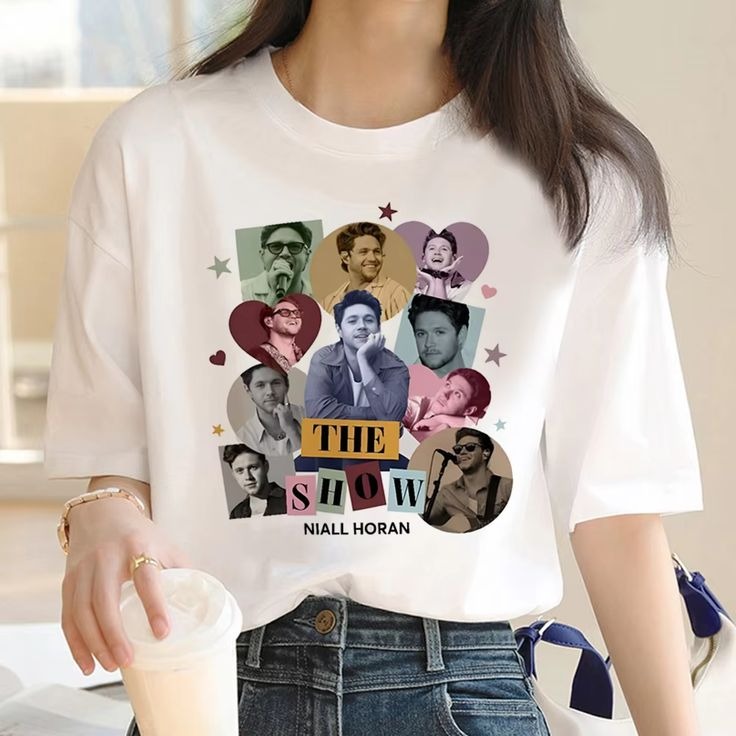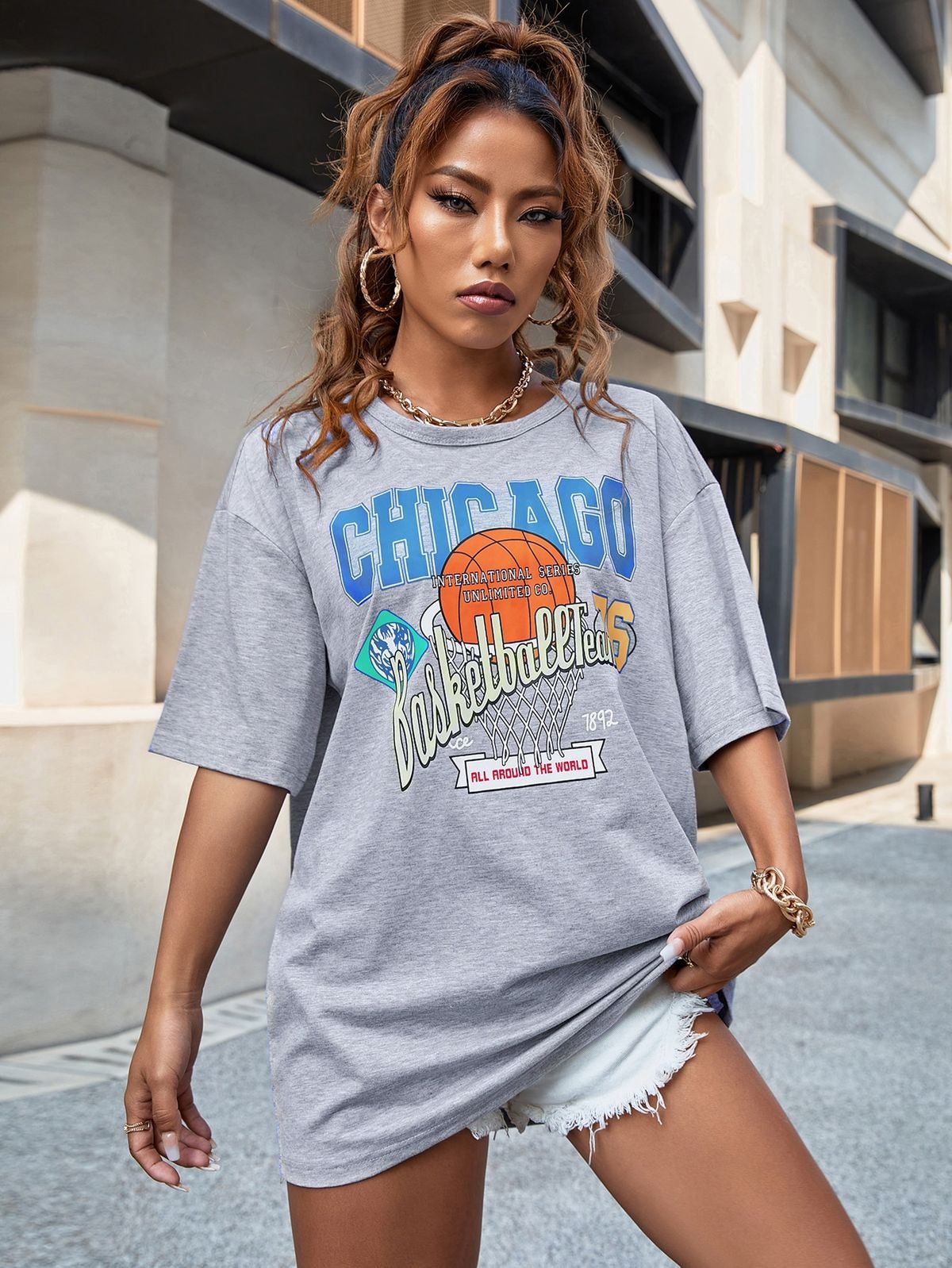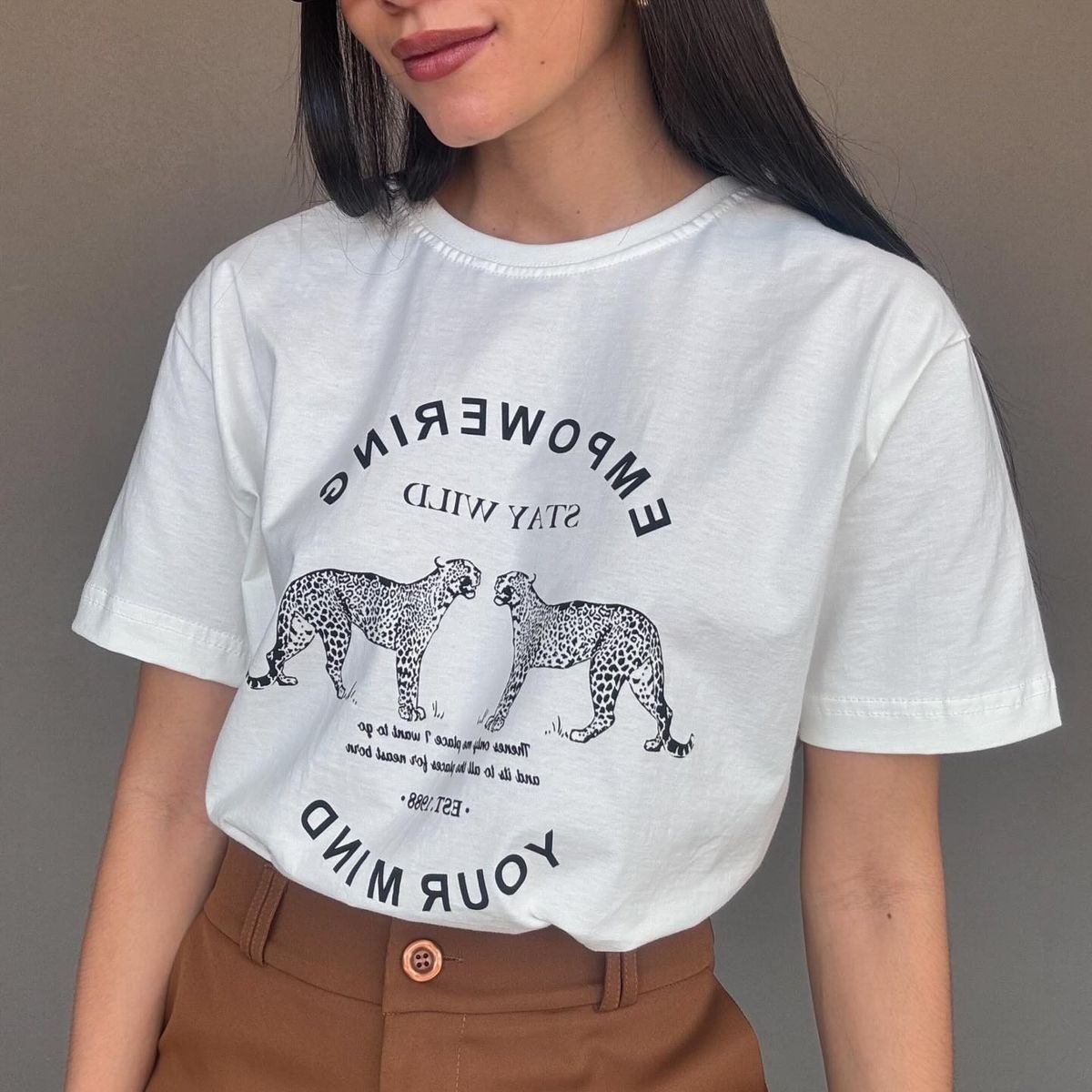No products in the cart.: 0.00 $
Fashion Through Time: A Deep Dive into Its Social, Cultural, and Emotional Dimensions

Fashion is far more than the garments we put on each morning. It is a powerful mirror of society, an archive of human history, and a creative force that shapes how we perceive ourselves and others. It operates across centuries, continents, and cultures, continuously evolving while retaining its deep-rooted significance. To understand fashion is to understand civilization itself—its values, struggles, aspirations, and transformations. At once deeply personal and widely public, fashion blends the intimate with the collective, allowing individuals to express uniqueness while participating in a larger cultural conversation.
The earliest expressions of fashion were rooted in function. In prehistoric times, early humans used natural materials like animal hides, tree bark, and woven grasses to create clothing that would protect them from the elements. Yet even in these rudimentary forms, choices about decoration, layering, and styling began to emerge. Shells, feathers, and beads adorned bodies long before organized societies developed formal dress codes. This early evidence suggests that humans have always possessed an instinctual desire to adorn themselves, to signal something beyond necessity—perhaps beauty, identity, or spiritual connection.
As human societies grew more complex, so did their attire. Ancient civilizations such as Mesopotamia, Egypt, Greece, and Rome placed significant emphasis on clothing as a marker of social hierarchy, gender, and religious affiliation. In Ancient Egypt, linen garments signified cleanliness and divine order. The Greek himation and Roman toga communicated citizenship and civic duty. Across cultures, dress codes became tools to maintain social structures and cultural identity. Kings, priests, and nobles wore distinctive, often elaborate, garments to distinguish themselves from the general populace. Meanwhile, artisans, traders, and laborers developed their own practical yet expressive styles.
In the Middle Ages, fashion was closely tied to feudalism, religion, and the rigid class system. The clergy wore flowing robes to signify their spiritual authority, while nobility donned luxurious fabrics like velvet and brocade as symbols of their elevated status. The peasantry, restricted both by law and economy, wore simpler garments made of wool and flax. These visual distinctions reinforced societal roles and maintained order. Fashion was not a realm of personal creativity for most people but a codified structure deeply influenced by one’s position in the social hierarchy.
The Renaissance period marked a turning point in fashion history. Fueled by humanism, artistic revival, and increased global exploration, European societies began to embrace individuality and creative expression. Clothing styles became more elaborate, with rich colors, intricate embroidery, and complex tailoring. Portraits from this era, such as those by Holbein and Titian, highlight how fashion was used to communicate power, intelligence, and beauty. Meanwhile, trade with Asia, Africa, and the Americas introduced new fabrics, dyes, and patterns, enriching the European fashion palette and sparking both inspiration and imitation.
The Baroque and Rococo periods further amplified fashion’s extravagance. Aristocrats and monarchs, especially in France, turned dressing into a spectacle. Under the rule of Louis XIV, the court of Versailles set the standard for elegance and opulence. Clothing became ritualized, with morning and evening outfits carefully prescribed. The silhouette changed dramatically during this time—corsets, panniers, wigs, and lace became defining elements of upper-class fashion. Yet these ornate styles were also emblems of excess and eventually fueled discontent among the working classes. By the time of the French Revolution, fashion had become a political weapon. Sans-culottes rejected aristocratic clothing in favor of utilitarian garments, symbolizing solidarity with the common people and a rejection of monarchy.
The nineteenth century saw the rise of industrialization, which revolutionized how clothing was made, distributed, and consumed. The invention of the sewing machine and the expansion of textile mills allowed for mass production, reducing the cost and increasing the accessibility of fashion. Urban centers grew, and with them emerged department stores and ready-to-wear collections. Middle-class consumers now had access to styles once reserved for the elite, and fashion began to reflect the values of capitalism, mobility, and modernity.
During this time, fashion also became more gendered, with strict divisions between menswear and womenswear. Men’s fashion emphasized sobriety and professionalism, aligning with the rise of industrial capitalism and patriarchal values. Women’s fashion, on the other hand, remained decorative and restrictive, reflecting their limited roles in public life. Corsets, bustles, and voluminous skirts dominated female fashion, reinforcing ideals of femininity tied to passivity and ornamentation.
The twentieth century ushered in seismic shifts in the fashion world. The early decades were marked by rebellion and liberation. Designers like Coco Chanel challenged traditional gender norms by introducing simpler, more comfortable silhouettes that allowed women to move freely and participate in modern life. The flapper style of the 1920s broke taboos around femininity and independence. The mid-century era brought refinement and structure, with Christian Dior’s “New Look” emphasizing cinched waists and full skirts, reinstating some traditional ideals post-war.
However, the second half of the century exploded with innovation, diversity, and political consciousness. The 1960s were a time of cultural revolution—youth-driven, colorful, and experimental. The 1970s embraced both bohemian freedom and disco glamour. The 1980s were defined by power dressing, excess, and consumerism, while the 1990s offered minimalism, grunge, and a rejection of artifice. Each decade presented new visual languages that responded to social issues, technological advancements, and generational desires. Fashion became not only a response to the times but a driver of cultural change.
The turn of the twenty-first century brought an acceleration of fashion’s cycles. With globalization and digital technology, the industry became faster, more competitive, and more accessible. High-street brands could now replicate runway trends within weeks, giving rise to fast fashion. Social media transformed the way people consumed and engaged with style. Platforms like Instagram, Pinterest, and YouTube became powerful arenas for inspiration, critique, and identity performance. Fashion bloggers and influencers emerged as new tastemakers, often eclipsing traditional fashion media in reach and impact.
This democratization of fashion has been both a blessing and a burden. On one hand, it has allowed more people to participate in fashion on their own terms. On the other, it has led to overproduction, environmental degradation, and a culture of disposability. In response, sustainable fashion has become a pressing concern. Designers, activists, and consumers are now reimagining what it means to be stylish in a world facing climate crisis. From upcycling and slow fashion to ethical sourcing and digital fashion, new movements are emerging to align beauty with responsibility.
The conversation around inclusivity has also reshaped the fashion landscape. For too long, the industry prioritized a narrow ideal—thin, young, white, able-bodied. This exclusion created deep harm, affecting the self-esteem and social perception of those left out. Recent years, however, have seen a shift. Plus-size models, gender-nonconforming individuals, people with disabilities, and models of diverse racial backgrounds are gaining visibility. Brands are rethinking sizing, marketing, and casting, recognizing that fashion must reflect the world in all its diversity.
Culturally, fashion remains a vital site of dialogue and exchange. Traditional garments and textiles—whether it be the Vietnamese áo dài, the Indian sari, the Nigerian agbada, or the Scottish kilt—continue to inspire designers worldwide. While globalization facilitates creative fusion, it also raises questions of cultural appropriation versus appreciation. The borrowing of symbols, motifs, and styles must be done with care, respect, and understanding. Designers and consumers alike are increasingly mindful of fashion’s cultural implications, advocating for authentic representation and collaborative creativity.
Emotionally, fashion connects us to memory and identity in profound ways. We remember what we wore on significant days—graduations, weddings, interviews, first dates. Clothing can evoke a sense of nostalgia, pride, or empowerment. It allows us to curate our self-image, to play with roles, and to communicate moods without speaking. A favorite scarf might remind someone of a lost loved one. A carefully chosen outfit can boost confidence before a big presentation. Fashion is deeply woven into our life stories, marking transitions, achievements, and personal growth.
At its best, fashion is a celebration of human creativity and resilience. It blends art, design, technology, and emotion. It is worn and lived, seen and felt. Whether on a runway in Paris or in a rural street market, fashion carries meaning. It tells us about who we are, where we come from, and what we dream of becoming. It is not static but always in motion, reflecting the dynamism of life itself.
As we look to the future, fashion will undoubtedly continue to change, shaped by forces we can anticipate and those we cannot. Climate change, artificial intelligence, virtual reality, and shifting demographics will all influence how we dress, produce, and consume fashion. But amid all these changes, one truth remains: fashion is a vital part of the human experience. It is not frivolous or superficial, but meaningful, symbolic, and essential.
In every fiber, color, and silhouette, fashion holds a story. These stories are not just about trends or fabrics—they are about people, their dreams, their histories, and their hopes. Fashion is a bridge between the self and the world, a way to be seen, to belong, and to transform. And as long as humans continue to imagine, express, and evolve, fashion will remain one of our most powerful and enduring forms of expression



